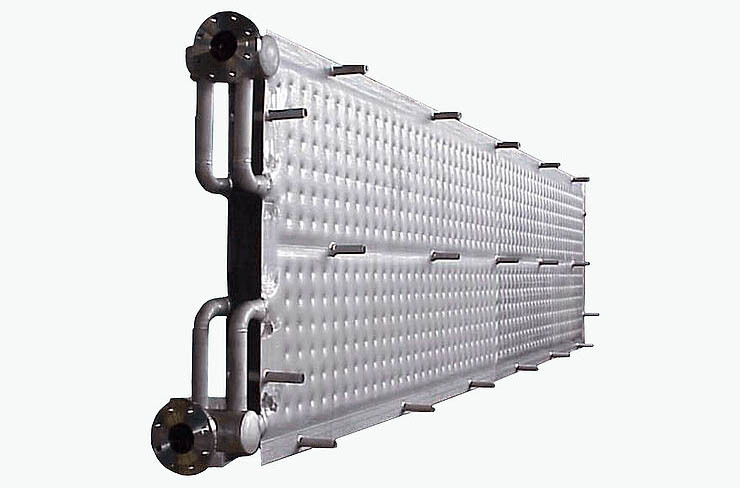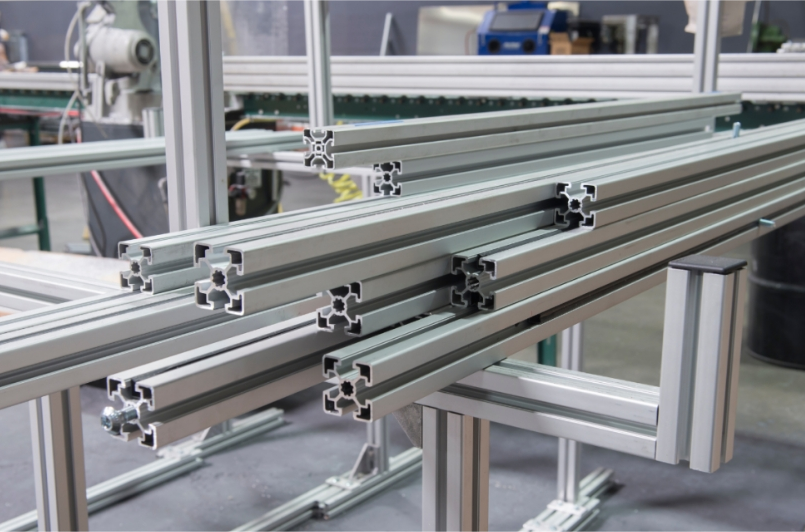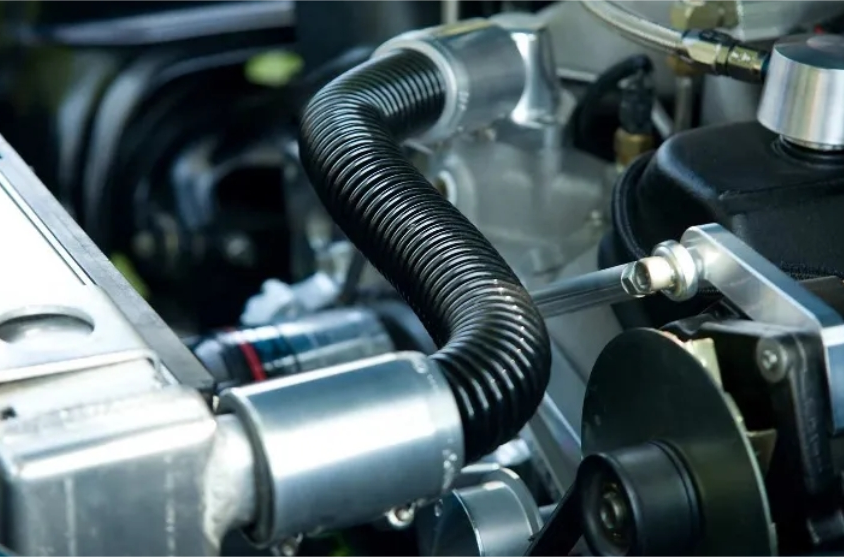How Does a Car Radiator Work
Release Time:
2024-04-12
As internal combustion engines operate, they produce heat. Once the engine reaches its optimal temperature, it becomes necessary to dissipate the excess heat to avoid potential engine damage due to high temperatures. This crucial task is handled by the car radiator. This article delves into the workings of a car radiator, potential issues, and the presence of multiple radiators in some vehicles.

What is the Role of a Car Radiator?
A car radiator essentially serves as a heat exchanger, transferring heat from the coolant to the air. It is an integral component of a vehicle's pressurized cooling system. Modern radiators are typically made of aluminum for the fins and core, with plastic tanks on the sides. In contrast, older vehicle radiators were primarily constructed of steel due to its availability, strength, and durability. The radiator's design comprises thin, flat fins connected to flat tubes, forming a large, honeycombed, square or rectangular-shaped assembly located behind the vehicle's front grille.

As the coolant circulates through and around the engine, excess heat transfers from the engine block to the coolant, elevating the liquid's temperature. The heated coolant is then pumped into one side, top, or bottom of the radiator, where it flows through the radiator's tubes. Simultaneously, a fan or fans behind the radiator draw cool air from outside the vehicle over the radiator's fins, facilitating the transfer of heat from the coolant to the air. The now-cooled coolant continues its journey through the radiator, exits from the opposite side it entered, and returns to the engine, restarting the entire process.
What Constitutes the Interior of the Radiator?
Under normal functioning, the only substance inside the radiator is coolant, also known as antifreeze. This specially blended liquid is preferred in a vehicle's cooling system for two main reasons. Firstly, water freezes at temperatures below 32 degrees, posing a risk of significant damage if it were to freeze inside the engine or cooling system components. Secondly, using only water in a cooling system accelerates corrosion within the metal radiator compared to the use of antifreeze. Antifreeze contains chemicals that prevent radiator corrosion, elevate the boiling point, and lower the freezing point to more than 30 degrees below zero, unlike water's freezing temperature.

However, coolant requires periodic replacement as its chemical properties degrade over time, diminishing its protective capabilities. When this occurs, the metal radiator may start to corrode, leading to the accumulation of rust and sludge that can potentially damage the radiator and water pump's impeller, impede coolant flow, and result in vehicle overheating.
More News

2024/04/26
Exploring Pillow Plate Technology
Pillow plates represent a captivating advancement in engineering, crafted through an innovative inflation process. This technique involves seamlessly welding together two sheets of stainless steel or mild steel using sophisticated laser or resistance welding methods.

2024/04/18
Extrusion Methods of Aluminum Profiles: Forward and Backward Extrusion Explained
The extrusion methods of aluminum profiles are classified based on the direction, mainly determined by the movement of the extrusion axis concerning the aluminum product's movement.

2024/04/12
As internal combustion engines operate, they produce heat. Once the engine reaches its optimal temperature, it becomes necessary to dissipate the excess heat to avoid potential engine damage due to high temperatures. This crucial task is handled by the car radiator.










